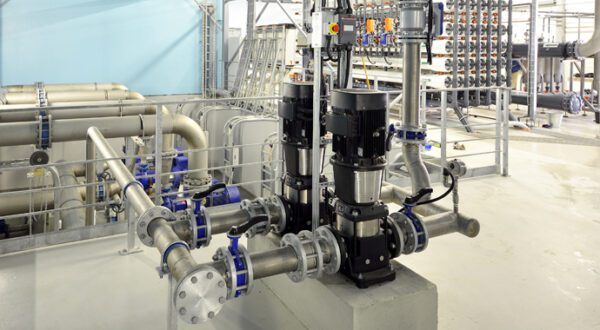The San Francisco Public Utilities Commission (SFPUC) is a public agency of the City and County of San Francisco that provides water, wastewater, and electric power services to the city and an additional 1.9 million customers within three San Francisco Bay Area counties. SFPUC Wastewater Enterprise (WWE) is undergoing major renovations in the coming years. In preparation for the renovations, one of two existing headworks facilities (SEP 011) will be substantially demolished, requiring a higher level of reliability and availability of the remaining headworks facility (SEP 012). WWE requested a reliability study of the facility that will remain, to identify required mitigations (maintenance, replacements, redesigns, etc.) to ensure the required reliability.
MaxGrip was contracted to conduct a reliability centered maintenance (RCM) study to identify the required mitigations to ensure reliability of the remaining headworks facility (SEP 012 – New Headworks).

Case study – highlights
Approach
The scope of the RCM study not only included RCM facilitation and mitigation reports but also implementation.
Preparation
As part of the preparation, all stakeholders and participants were identified, expectations were communicated, and workshops were planned.
RCM Workshops
MaxGrip performed five weeks of RCM workshops with various stakeholders. During these workshops, asset functional failures were determined, as well as their subsequent consequences.
Processing and Gap Analysis
During and after the workshops, RCM data were processed (copied, quality checked, reviewed, etc.). To ensure the strategy will be executed in the field, the gaps between the asset care strategy and current PMs in Maximo were identified and changes made accordingly.
Results
As a result of the RCM study, MaxGrip identified gaps and opportunities to increase reliability. 349 assets were reviewed under the risk analyses – reviewing their failure modes, ranking their failure criticality, and finalizing mitigating actions. Thirty-five single action and mitigation recommendations resulted from the RCM study, and analysis of Job Plan durations provided valuable insight into labor demand and equipment downtime.
Additionally, an optimized preventative maintenance (PM) strategy led to a reduction in PMs by 34 percent. Implementing this maintenance strategy resulted in a 27 percent reduction in labor hours and a yearly savings of $54,000.
Get inspired
Download our best practices checklist to learn 5 key tips for successfully managing contractors.
Discover MaxGrip's standout role in Industrial Asset Management Technology with our Verdantix-backed report. Unveil the insights that position MaxGrip as the only innovator in this field. Download now your copy.
The key to maximizing operational efficiency and ensuring the reliability of production assets lies in standardized, well-implemented maintenance strategies. Companies that operate on a multi-site or global scale face many challenges in maintaining uniformity across their operations, making the adoption of centralized preventive maintenance strategies essential. This article explores a best practice way of working also describing a client success story.





